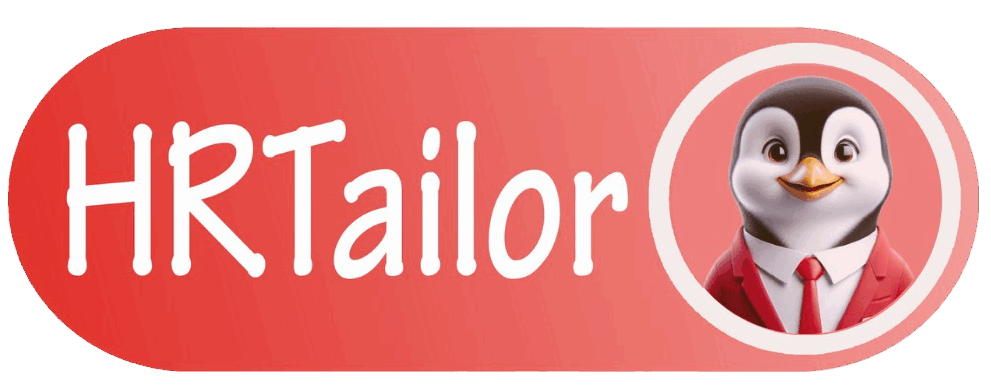
What is HRMS Software? (Modules, Benefits, and Examples)
Imagine this: Meera, an HR manager at a mid-sized tech startup, sits at her desk surrounded by stacks of files, spreadsheets, and sticky notes. Payroll is due tomorrow, and she’s realizing that last month’s leaves weren’t correctly recorded. The hiring manager is frustrated because new employees haven’t received onboarding details.
Sound familiar? Many businesses—small startups to large enterprises—experience the same daily HR chaos.
This is where HRMS software (Human Resource Management System) becomes a lifesaver. It’s more than a tool; it’s a digital partner that automates HR tasks, reduces errors, and empowers both HR teams and employees.
Whether you’re completely new to HR technology or a seasoned professional, understanding HRMS software is crucial to save time, ensure compliance, and enhance employee experience.
What is HRMS Software?
At its core, HRMS software is a comprehensive platform that centralizes HR processes, including payroll, recruitment, leave management, performance evaluations, and employee self-service portals. Think of it as a single control center for all your HR activities, making tedious tasks simpler, faster, and more accurate.
Why it Matters
Before HRMS, HR teams spent countless hours manually tracking:
Employee attendance and leaves
Payroll calculations and statutory compliance
Recruitment pipelines and onboarding processes
Performance appraisals and goal tracking
All this manual work leads to stress, errors, and disengaged employees. With HRMS, these processes become automated, transparent, and accessible, giving HR managers like Meera a sense of control and relief.
Key Modules of HRMS Software
Let’s break down the core modules and how they impact day-to-day operations emotionally and practically:
- Payroll Management: No more sleepless nights calculating salaries, taxes, and deductions manually. Payroll automation ensures accurate salaries and timely payments, leaving employees satisfied and HR teams stress-free.
- Recruitment & Onboarding: Hiring without an HRMS is like navigating a maze blindfolded. HRMS streamlines posting jobs, tracking applicants, and onboarding new hires. New employees feel welcomed and organized from day one, improving retention.
- Attendance & Leave Management: Manual timesheets? Endless emails requesting leave approvals? HRMS simplifies tracking attendance and leave requests digitally. HR teams avoid confusion, and employees enjoy transparent leave management.
- Performance Management: From goal-setting to feedback collection, performance modules empower managers and employees alike. It creates a culture of continuous improvement and recognition, boosting morale and productivity.
- Employee Self-Service Portal: Employees can access payslips, update personal details, and submit requests without bothering HR for every small task. This reduces HR’s workload and makes employees feel autonomous and respected.
For companies managing HR Setup alongside HRMS, check out our Guide to Setting up Online HR for Small Businesses for a complete guide.
Benefits of HRMS Software
Time-saving: Automates repetitive tasks, freeing HR to focus on strategic initiatives.
Error Reduction: Minimizes payroll mistakes and compliance risks, protecting your business.
Data-driven Insights: Dashboards and reports help make informed HR decisions.
Employee Satisfaction: Self-service and transparency improve engagement and trust.
Scalability: Supports business growth without adding HR headaches.
Mini Story:
Ravi, CEO of a fast-growing startup, struggled with payroll and recruitment chaos before adopting an HRMS. Employees were frustrated, HR was overworked, and Ravi spent hours manually tracking everything. After implementation, payroll errors vanished, recruitment was faster, and the team finally felt relieved and confident.
According to SHRM, companies using HRMS systems report higher operational efficiency and improved employee satisfaction.
How to Choose the Right HRMS Software
Selecting HRMS software is crucial. Here’s what to look for:
Ease of Use: HRMS should be intuitive for HR and employees alike.
Customizable Modules: Adapt the system to your company’s unique processes.
Compliance Features: Ensure local labor laws and statutory requirements are automated.
Integration Capabilities: Connect with payroll, accounting, and ERP systems.
Support & Training: Vendors should provide onboarding, training, and support for smooth adoption.
Mini Story:
An e-commerce company switched to HRTailor’s HRMS because it was simple to use, integrated with payroll, and had proactive support. The result? Fewer HR errors, faster onboarding, and happier employees.
Conclusion
HRMS software is more than technology—it’s a solution that transforms HR from a manual burden into a strategic advantage. By automating processes, providing insights, and improving employee experience, it lets businesses focus on growth, innovation, and culture.
At HRTailor, our HRMS solutions are designed to help businesses simplify HR operations, ensure compliance, and enhance employee satisfaction. With HRTailor, HR isn’t just managed—it’s mastered.

